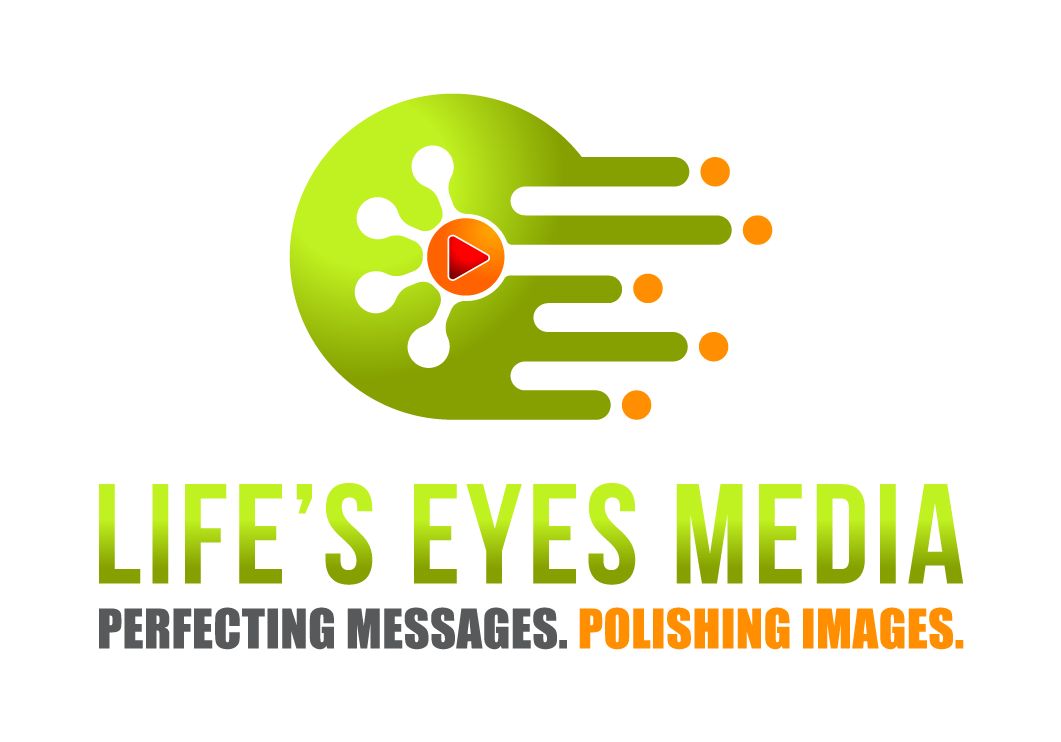Science shows that video and your brain go together like peanut butter and jelly. Video connects in a way no other medium can because of the way your brain is hardwired. It’s the result of millions of years of evolution. And it matters.
First, your brain craves multi-sensory input. Ancient humans were storytellers, engaging more than one of their audience’s senses at a time. Even today, research proves people remember concepts better when they see faces paired with voices, versus listen to narration alone.
Next, video helps us retain and recall more information. Science shows retention occurs after just eight minutes of audiovisual stimuli. Video exploits the fact that the brain is powerfully interconnected. When you recall something you learned via video, you activate more areas of your brain, and remember more of it.
Finally, video keeps learners engaged. Channels in your brain will temporarily shut down if you feel overwhelmed with data. Video combats this by offering information both visually and aurally. This way your brain stays “fresh,” your learning channels, open. Most people, it seems, are both visual and auditory learners.
Bottom line: Video is the closest substitute for the in-person storytelling our primitive brains grew up on. When it comes to training–for leaders, employees, customers, and other stakeholders–video wins the brain, and the day.

